Joint Kenya-Uganda polio campaign reaches 6.5M children
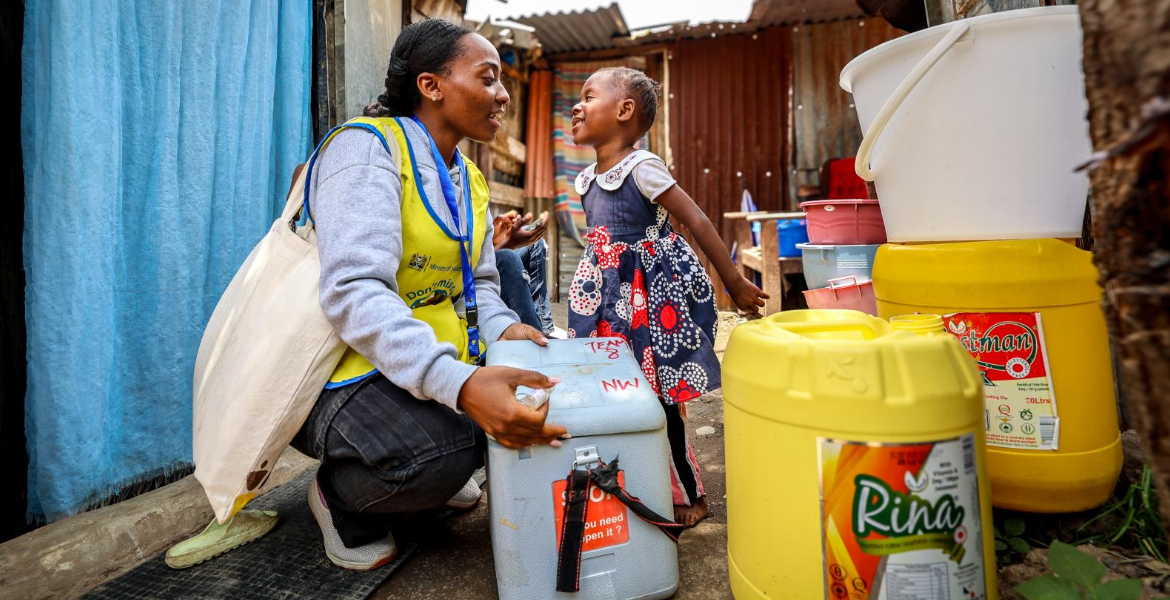
Kenya and Uganda successfully conducted a synchronized polio vaccination campaign from October 3-6, 2024, reaching over 6.5 million children.
The coordinated effort, which commenced simultaneously in Kenya's Bungoma District and Uganda's Mbale District, strategically targeted vulnerable populations in high-risk border regions to ensure comprehensive protection against the debilitating disease. The campaign emerged in response to surveillance data this year which revealed six poliovirus detections in Kenya and one in Uganda through environmental monitoring. Dr. Charles Njuguna, WHO's country representative in Uganda, notes the urgency of the situation and highlights the rapid viral spread throughout East Africa and its particular threat to children under five years of age.
Uganda's Director of Public Health Dr Daniel Kyabayinze acknowledges the commitment to door-to-door vaccination efforts and notes the crucial role of partnerships in achieving a polio-free future. The governments implemented sophisticated coordination strategies along their 772-kilometre shared border, with particular attention to ten key districts. Health authorities mapped cross-border communities, migratory patterns, and transit points to reach remote and nomadic populations effectively.
This detailed planning proved essential given these groups' increased vulnerability due to their mobility and the border's permeable nature. Global Polio Eradication Initiative (GPEI) Coordinator in Kenya Charles Korir praises the synchronized campaign approach, noting its significance in addressing the regional outbreak driven by high-risk population movements. The initiative forms part of a broader strategy, supported by WHO and GPEI partners, to eliminate immunization gaps and reach "zero-dose" children who have never received vaccines.
As both nations prepare for their second synchronized campaign scheduled for November 6-10, their approach serves as a model for other countries facing similar challenges. The WHO and GPEI partners continue providing essential technical support, funding, and resources to ensure campaign success. Health workers have implemented comprehensive outreach strategies, including door-to-door visits, community gatherings, and media campaigns to promote vaccination awareness.



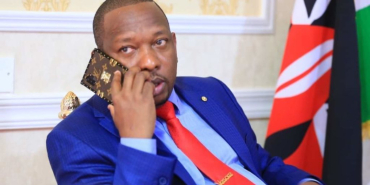
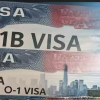
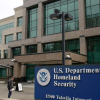
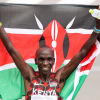
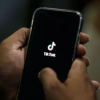
Add new comment